Dust to Dust: Using Iron Additives to magnetize your models
Magnetizing just got a little easier . . . .
Magnetizing can be a daunting part of the hobby to jump into. Magnets seems to offer the perfect solution to the continued inflation of the prices of our favorite miniature games . . . limitless options for seemingly very little work. However, there are tons of issues you DON’T consider when you first start magnetizing. Namely where to sink the magnets for maximum effect, how to avoid just gluing a magnet in place and ending up with an an unaesthetic model, as well as issues with polarity and making sure you get the magnets put on the right way.
Whew . . . with all that to worry about, no wonder folks stay way from magnets. When I first started magnetizing models, I was daunted too. I started experimenting with other means of magnetizing models, and I’d like to present you with some of those findings today. Now I’m not saying that what I am presenting will replace your magnetizing ambitions. However, this is just another tool to add to your gaming arsenal for use in the future if and when the need comes up.
Anyone remember this popular game when you were a kid? Wooly Willy!
I sure do. Even wonder how it works? Of course not! You’ve got better things so do with your day!
So when why am I bothering to bring this up? Well, Willy can teach us a few things about magnetization! Yes indeed! You see Willy’s ‘wooly’, that stuff that looks like black sawdust is in fact Iron Shavings. And the reason this puzzle works is because there is a magnet on the stylus.
So what are iron shavings? Iron Shavings/Filings are just what they sound like: sort of the equivalent of sawdust in the Iron industry. The idea to use them for magnetizing occurred to me a few years ago and I’ve been experimenting with it off and on ever since.
You can buy Iron Shavings all over the internet, but you can also get a pretty good deal on them here. This site also offers some bulk orders here. In addition, this company sells tons of different sizes of Steel Balls, which are very useful for when you need a sphere for magnetizing but don’t want to pay the exorbitant prices of sphere magnets.
In addition to regular iron shavings, I’ve also experimented with a product called Magnahold. You can purchase Magnahold here.
Magnahold is a ferrite (iron) additive. It claims that when mixed with paint and applied to a smooth surface that it will make the surface attractive to magnets. In the case of a weak connection, it suggests adding an extra layer OR using a stronger magnet.
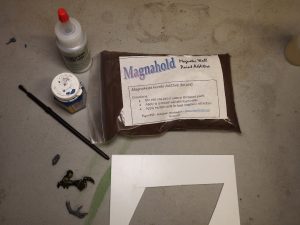
So, I gathered some supplies: the additives, some paint and brushes, and a sheet of plasticard. Eventually I switched over to a paper plate instead of plasticard. I also magnetized a few limbs.
For the purpose of this tutorial, I really just glued magnets on the ends of the arms, with the exception of the space marine arm where I actually drilled out a spot for the magnet.
As you can see here, even through the bag the magnahold has a pretty firm grip on the magnets. And that’s through a thin layer of plastic!
To keep everything on an even playing field, I started with a 1/1 ratio of paint to additive. I mixed it together, thoroughly. The Iron Additive is in Blue and the Magnahold is in red.
After thoroughly mixing the additives I could already tell a slight difference. In the above case, the Iron Shavings are of a much finer gradient than the Magnahold.
They were able to be mixed more thoroughly. As such, they seem to create a firmer hold on the magnets.
It is very clear that the more concentrated the area of the Iron Additive, the stronger the magnetic hold.
It’s not that the Magnahold didn’t work, I just felt like the Iron Additive had a stronger connection, likely due to it’s denser concentration.
Final Conclusions:
Although Iron Additives are a suitable replacements for magnets, they never reach the strength of a true magnet on magnet connection, however, they do bypass the polarity issues, making them an ideal enty point for newcomers to magnetization.
Iron additives are ideally suited for small limbs, such as Resin or Plastic. The finer the grain of the additive, the denser it can be applied to an area, and thus the stronger the connection between it and the magnet.
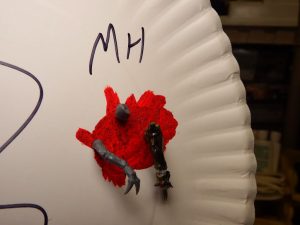
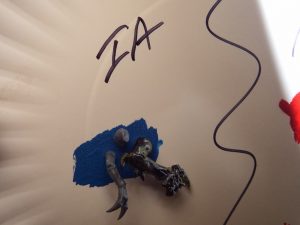
Also AVOID using superglue to apply iron additive to a model. In tests it tended to clump and application was very difficult. Paint seems to be the ideal delivery method as it’s slow dry time ensures you can apply the additive wherever you like.
If you found this tutorial useful, be sure to check out more of our work on our homepage, or at the very least, like us on facebook! We also have a new podcast called Warcouncil where we share other cool hobby tips! And you can see more tips through our Youtube channel!

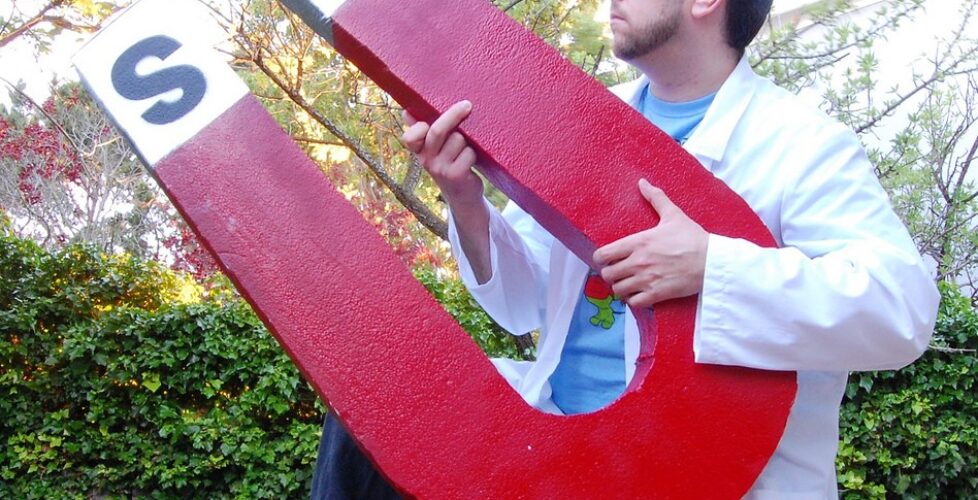
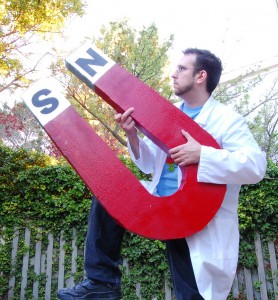

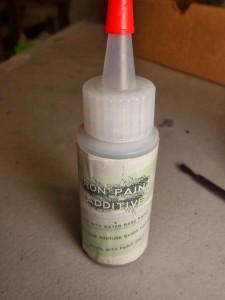
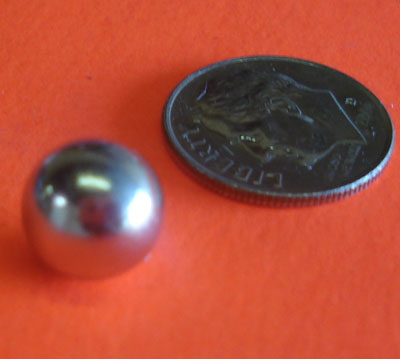
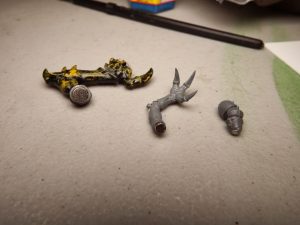
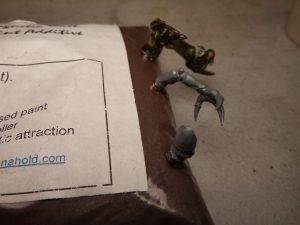
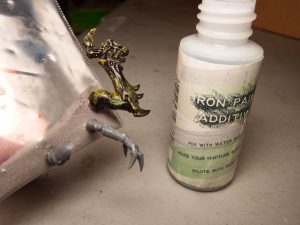
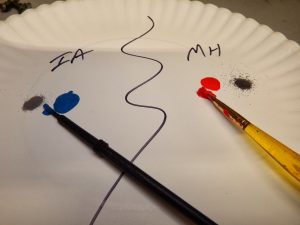
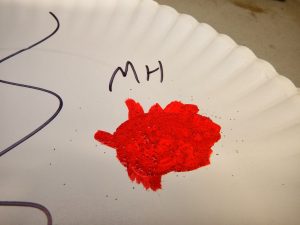
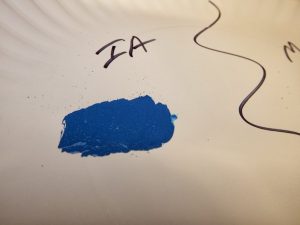
February 2, 2014 @ 8:25 am
The magnets are magic, it is ideal for transporting and converting the warhammer figurines. More magnets that developped and probably more with multipart GW will come out.
It is for his on bitzstore.com we have chosen to propose with classic bits.
Like this url: http://www.bitzstore.com/en/228-magnets-bits
Thank you for the tutorial.